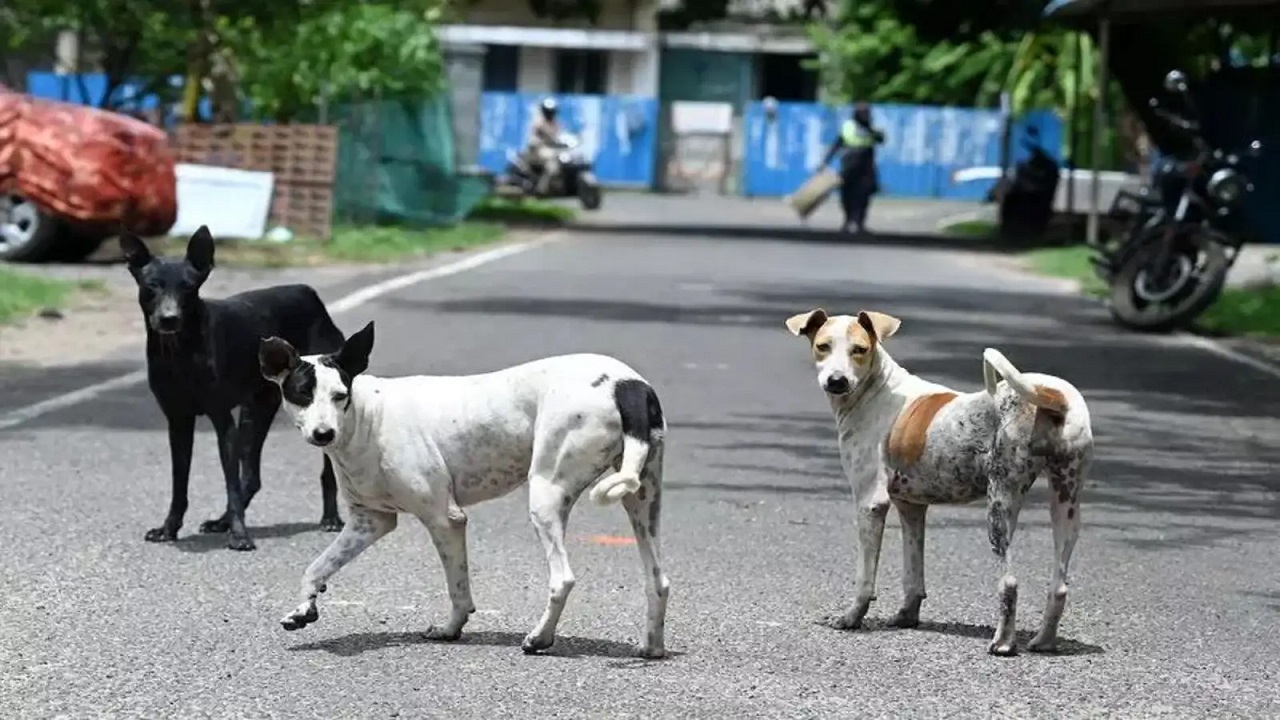SC Directive Reshapes Urban Animal Policy : Stray-Free Delhi-NCR in Focus
Context
The Supreme Court of India has issued a directive for the immediate and permanent removal of all free-ranging dogs from Delhi, Noida, Gurugram, and Ghaziabad. The decision comes in response to the rising number of rabies cases and dog-bite incidents, with the primary focus on ensuring the safety of children and vulnerable citizens.
Introduction
In a landmark move, the apex court has instructed authorities to capture and relocate all stray dogs in designated Delhi-NCR localities to shelters, ending the previous practice under Animal Birth Control (ABC) Rules of releasing sterilised dogs back into the community. This step is aimed at stray-free urban zones, enhanced public safety, and protection of the constitutional right to safe mobility under Article 21.
Supreme Court Directives on Stray Dogs
-
Complete Removal – All stray dogs in Delhi, Noida, Gurugram, and Ghaziabad must be captured, ensuring no animals remain roaming in public spaces.
-
No Release Policy – Captured dogs will stay in shelters permanently, ending the cycle of repeated attacks and potential rabies transmission.
-
Shelter Expansion – Authorities must build facilities with a capacity for 5,000 dogs within eight weeks, prioritising high-risk areas.
-
Rapid Response Helpline – A 24×7 helpline is to be established, ensuring reported dog-bite incidents are addressed within four hours.
-
Strict Compliance – Any obstruction to the removal process will attract contempt of court.
Rationale Behind the Order
-
Public Safety Priority – Rabies causes approximately 5,700 deaths annually in India, with over 95% of cases linked to dog bites.
-
Protection of Vulnerable Groups – Children under 14 and elderly citizens over 60 face higher risk due to limited defence capacity.
-
Policy Limitations – The ABC model does not prevent aggressive or rabies-infected dogs from harming people.
-
Right to Safe Mobility – Stray dog attacks infringe on the constitutional right to life and liberty under Article 21.
-
Permanent Structural Reform – Focus on lasting removal rather than periodic containment drives.
Arguments in Favour
-
Life-Saving Measure – Prevents avoidable rabies deaths, fulfilling the State’s duty of care.
-
Safer Public Spaces – Enables citizens to move freely without fear of attacks.
-
Accountability Measures – Use of CCTV and documentation ensures transparency.
-
Closure of Policy Gaps – Eliminates the ABC return-to-locality loophole.
-
Improved Urban Governance – Integrates safety, sanitation, and public health priorities.
Arguments Against
-
Potential Legal Conflict – May contradict provisions under the Prevention of Cruelty to Animals Act.
-
Shelter Overcrowding Risk – Insufficient infrastructure could harm animal welfare.
-
Animal Rights Concerns – May be seen as infringing on intrinsic rights of animals.
-
Ecological Impact – Sudden removal could disrupt rodent control and waste management.
-
Risk of Abuse – Without strict oversight, potential for covert culling or cruelty.
Way Forward
-
Humane Shelter Infrastructure – Adequate space, nutrition, and medical care to maintain animal dignity.
-
Mass Vaccination Drives – Prevent rabies alongside removal efforts.
-
Controlled Adoption Policies – Responsible placement with strict vetting.
-
Policy Alignment – Amend ABC Rules to reflect Supreme Court directives.
-
Public Awareness Campaigns – Promote community understanding of rabies prevention.
Conclusion
The Supreme Court’s order represents a decisive shift in urban governance towards prevention, prioritising public safety while maintaining a framework for humane animal care. Effective execution will depend on legal clarity, adequate infrastructure, and public cooperation to achieve a lasting balance between human health protection and ethical animal management.



.jpg)
Comments (0)